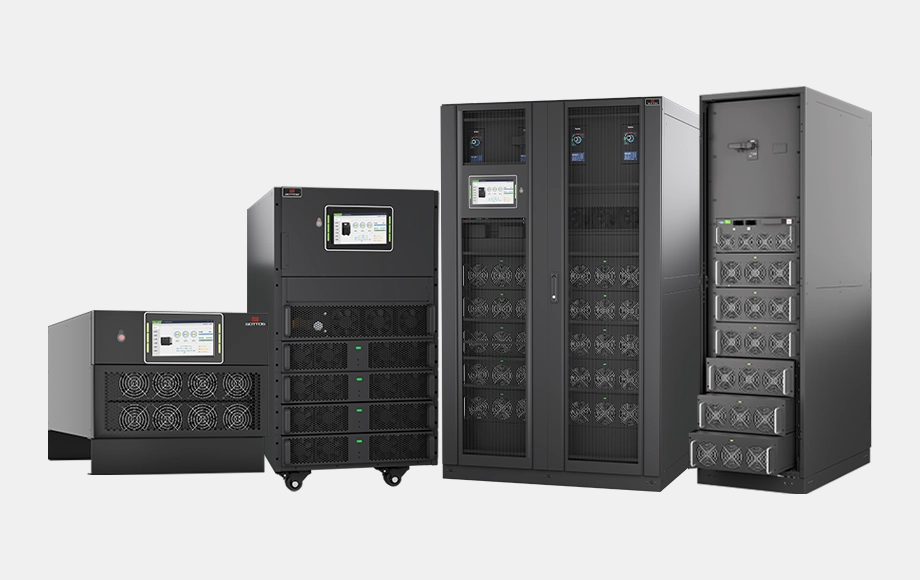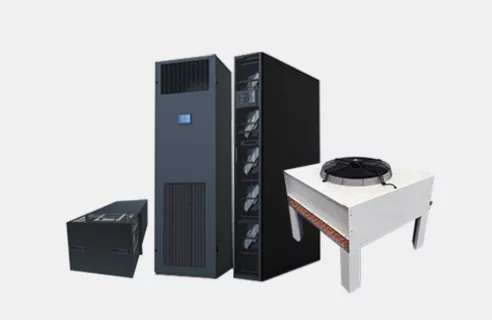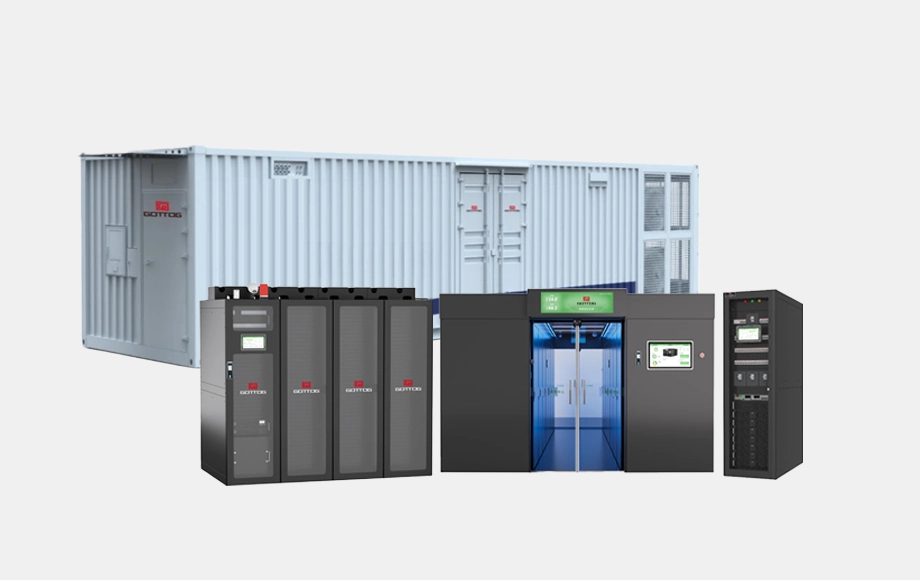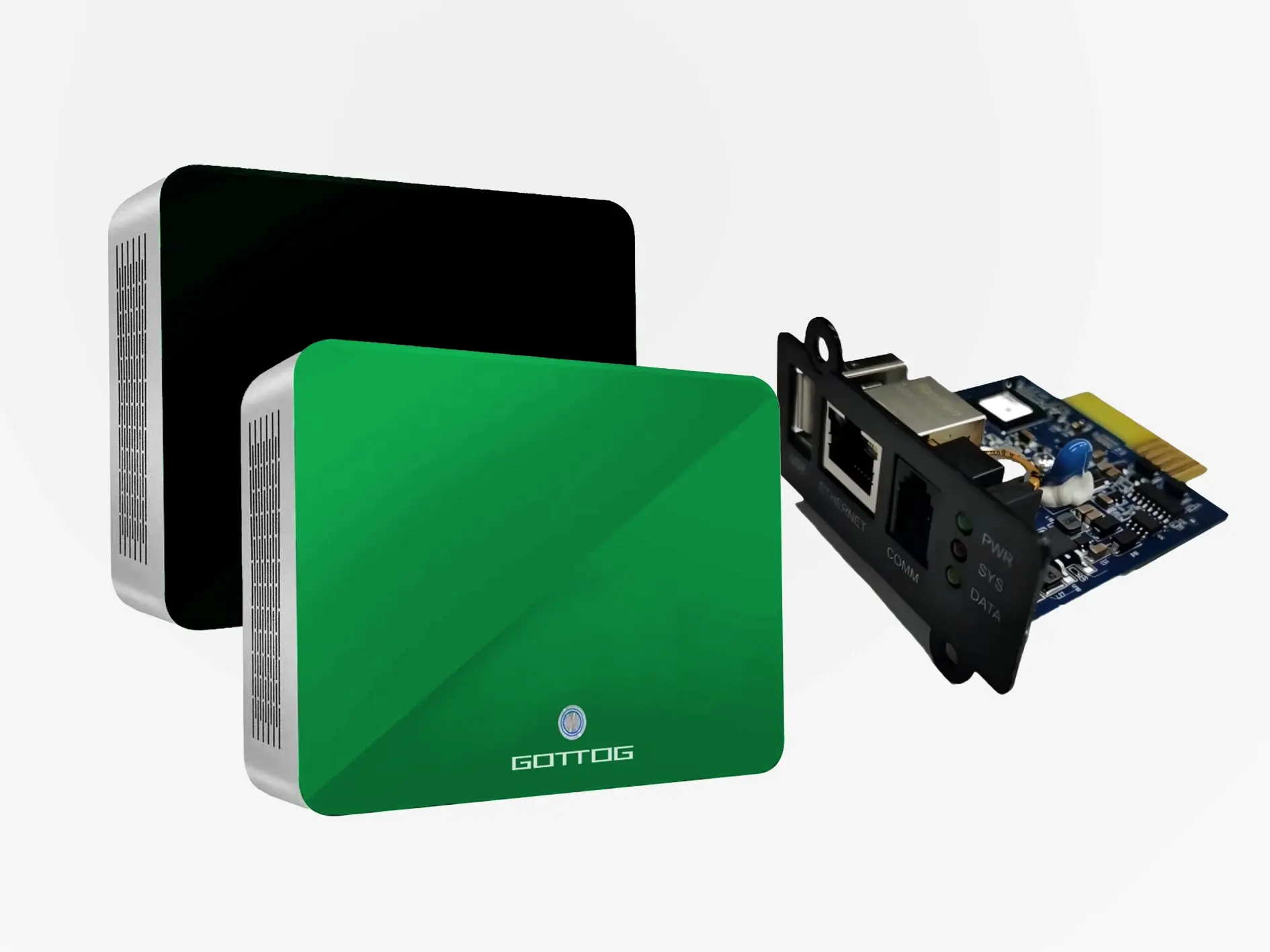
The rapid development of artificial intelligence (AI) technology has significantly increased global computing demand. Traditional data centers consequently face substantial energy consumption pressures and cooling challenges. Against this backdrop, liquid cooling solutions are transitioning from optional alternatives to critical technologies for next-generation intelligent computing infrastructure.
Drivers for Liquid Cooling Demand in the AI Era:
- High Power Density Becomes the Norm:
AI models grow increasingly complex, with training parameters scaling from billions to trillions. Supporting these computations requires large quantities of high-performance accelerators (e.g., GPUs, FPGAs, ASICs). Such devices typically consume hundreds of watts, with single-cabinet power density exceeding 30kW – surpassing the effective cooling capacity of air-based systems. - Thermal Management Directly Impacts Performance and Reliability:
In high-power-density environments, traditional air cooling systems struggle to dissipate heat adequately, potentially causing server throttling, downtime, or hardware damage. Liquid exhibits significantly higher specific heat capacity and thermal conductivity than air, removing heat directly from sources more efficiently. This reduces energy consumption (reflected in lower PUE) and equipment failure rates. - ESG Goals and Energy Efficiency Requirements:
Under green/low-carbon initiatives and corporate sustainability demands, data centers must not only deliver computing power but also achieve energy conservation, carbon reduction, and green/low-carbon targets. Liquid cooling solutions (e.g., immersion cooling, cold plate cooling) typically offer lower energy consumption and greater waste heat recovery potential, serving as essential pathways toward green data centers.
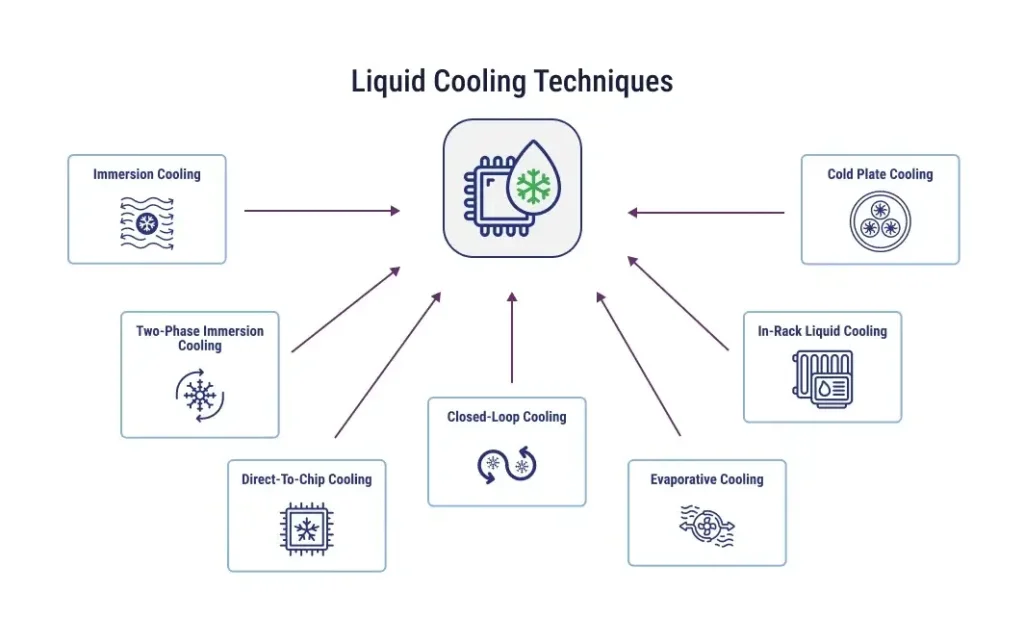
Primary Technical Types of Liquid Cooling Solutions:
- Cold Plate Liquid Cooling:
Coolant flows through metal cold plates contacting chips to remove heat. Suitable for retrofitting existing data centers. - Immersion Liquid Cooling:
Entire servers are submerged in dielectric coolant for high-efficiency heat dissipation. Ideal for building new high-density AI computing clusters. - Spray/Microchannel Liquid Cooling:
Coolant acts directly on hotspots via microchannels or spraying. Applicable for scenarios requiring precise local temperature control (e.g., wafer manufacturing, edge AI devices).

Industry Trends and Market Outlook:
According to forecasts by Omdia, IDC, and others, over 30% of new data centers globally will deploy liquid cooling systems by 2027. Technology giants including Microsoft, Google, NVIDIA, and Meta are accelerating adoption, with some hyperscale AI training platforms already achieving full liquid cooling coverage.
Corporate Response Strategies:
Driven by both AI advancement and green/low-carbon imperatives, upgrading IT infrastructure is imperative:
- Evaluate Workload Structure and Computing Density:
Analyze current and projected computing needs to determine liquid cooling necessity. - Select Compatible Liquid Cooling Technology Path:
Choose appropriate solutions (cold plate, immersion, etc.) based on existing data center conditions, deployment costs, and O&M capabilities. - Partner with Professional Liquid Cooling Providers:
Ensure end-to-end system stability and efficiency from design and installation to operations.
Liquid Cooling Solutions for Data Centers by GOTTOGPOWER:
GOTTOGPOWER is a provider of data center liquid cooling solutions. Its flagship product – GT Full Chain Liquid Cooling Data Center Solution – delivers one-stop liquid cooling architecture for high-power-density, hyperscale AI computing scenarios. Key features include:
- High Energy Efficiency: Achieves ultra-low PUE, significantly reducing cooling system energy consumption.
- Support for High-Computing-Power Hardware: Effectively resolves thermal challenges of high-power GPU/ASIC clusters, improving cabinet space utilization.
- High Reliability: Eliminates hotspots, prevents chip throttling due to overheating, extends hardware lifespan, and ensures stable performance.
- Reduced Total Cost of Ownership (TCO): Lowers electricity, space, and water resource costs while decreasing hardware replacement frequency.
- Environmental Protection and Low Noise: Reduces carbon emissions and operational noise while enabling flexible deployment.
- Strong Deployment Adaptability: Minimal environmental temperature/humidity requirements support wider geographic and architectural applicability.
This solution uses liquid as the primary heat transfer medium, directly or indirectly contacting heat-generating components (CPUs, GPUs, memory, power supplies) to form an efficient, low-noise, compact thermal management system. It significantly optimizes PUE, reduces OPEX, and prepares for future higher-density computing demands.
Conclusion:
As AI computing infrastructure continues to evolve, liquid cooling technology has become a critical choice for meeting high-density thermal management needs, improving energy efficiency, and achieving sustainable development. Adopting solutions with comprehensive liquid cooling capabilities (such as those provided by GOTTOGPOWER) is essential for enhancing efficiency, ensuring sustainability, and maintaining competitiveness in the intelligent era.
Optimize Your AI Computing Power Infrastructure:
Understand how GOTTOGPOWER’s GT Full Chain Liquid Cooling Solution helps you address high-density cooling challenges while achieving energy efficiency improvements and TCO reduction.
Link: Liquid Cooling Solution

